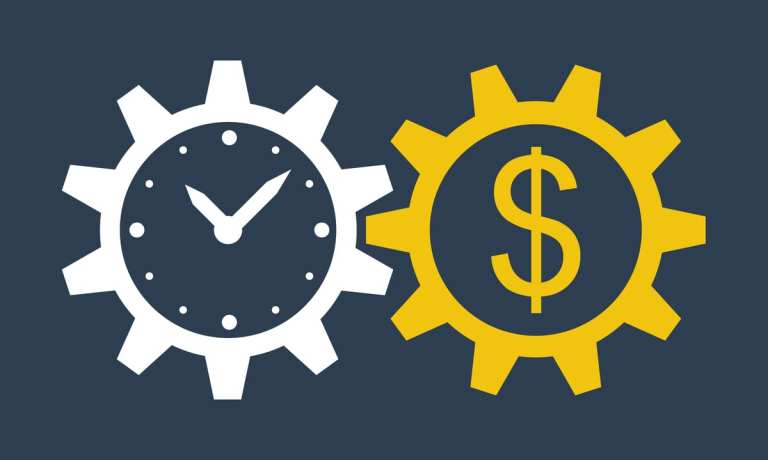
Efforts to strengthen the value proposition of both new and legacy payment rails are increasingly focused on speed and data. In B2B payments, looping into same-day or Real-Time Payment (RTP) services offers the potential to gain more control over when money moves, while the movement of richer transactional data via services like RTP and Same-Day ACH can significantly boost reconciliation efforts.
But same-day and real-time payment services alone won’t eliminate friction in the B2B payments cycle. Organizations are often still forced to manually extract that information and input it into their various back-end systems.
Greg Bloh, CEO of Transcard, said the direction of payments innovation is headed toward rethinking the value proposition of speed and data – particularly for corporates, as the adoption of digital payments spikes. Speaking with PYMNTS, Bloh explored the opportunity for account-to-account (A2A) transactions to take advantage of payment infrastructures’ increasing functionality and to elevate the B2B payments experience – for buyers and suppliers alike.
The Integration Opportunity
While corporates can debate about which payment service is best – Same-Day ACH, RTP or otherwise –when it comes to B2B transactions, the movement of data alongside funds can be especially useful to accounts payable (AP) and accounts receivable (AR) departments.
A2A payments can move funds from one company’s bank account directly to the recipient’s account using a variety of payment networks. A2A transactions can also integrate with back-office systems like enterprise resource planning (ERP) and AP applications. According to Bloh, that integration is critical to achieving the full benefits of same-day ACH and RTP.
“Regardless of the payment method, the key benefit is the data flowing from the buyer to the supplier on the receivables side,” explained Bloh. “That rich remittance data is automatically captured and matched to line items in the original invoice.”
When invoice items are adjusted due to discounts, damaged goods or delivery disputes, that data can be automatically communicated to an ERP, providing enhanced clarity for suppliers come reconciliation time. Further, the ability for A2A to allow suppliers to manage their payment preferences also lends greater cash flow control as their financial needs change.
Real-Time Data
While A2A transactions can facilitate the movement of funds over a variety of payment networks, Bloh pointed to the increasing importance of real-time data connectivity in the business ecosystem. Services like RTP can eliminate the discrepancy between when funds are moved and when data is moved.
Real-time payment capabilities are expanding in the United States. The Federal Reserve’s FedNow service is on its way to joining RTP, while real-time ACH could also be in the cards. As funds move more quickly, B2B transaction workflows will be forced to adjust as a result of the data that can instantly flow between the systems of one business to another, thanks to expanding integration capabilities.
“There is certainly a trend in going from paper to electronic payments and switching from batch processing to real-time processing,” Bloh said, pointing to the ongoing development of a payment infrastructure that can support instant speeds.
As that infrastructure evolves, the ability for payment networks to enhance the volume and type of data that moves along with funds will also increase. Already, he said, traditional payment rails have moved to support Level III processing data, which offers a greater amount of transaction detail that can be immensely beneficial for organizations on both the receivable and payable sides. This not only supports automated reconciliation, but also introduces new opportunities for more strategic decisioning on billing and cash management.
Rethinking The Value Proposition
While the advancement of legacy and emerging payment rail functionalities is critical to strengthening B2B payment workflows, moving rich data with funds in real time is not enough. Rather, the ability to integrate both transaction capability and its accompanying data within corporate systems is imperative to achieving the levels of automation and efficiency that buyers and suppliers seek today.
That integration is also opening the door to Banking-as-a-Service (BaaS) – and, as Bloh noted, the ability for businesses to themselves become FinTechs through embedded account and transactional capabilities.
It’s an evolution that is forcing the B2B payment ecosystem to examine the value proposition of payment networks in a new light. Just as BaaS “changes the whole look on how bank accounts are viewed and used,” Bloh said, allowing non-financial firms to add more competitive functionality to their own offerings – as well as data integrations resulting from faster payment functionality – is also driving a new conversation about the benefits of instant payment networks for corporates.
“Organizations say, ‘If I have this additional data in real time, what could I do to be more competitive in the marketplace?’ There are a lot of answers to that,” Bloh said. “Existing infrastructures will have to rethink the value propositions. Organizations’ ability to monetize the data transfer with the payment really puts a whole new economic value proposition on the transaction itself.”